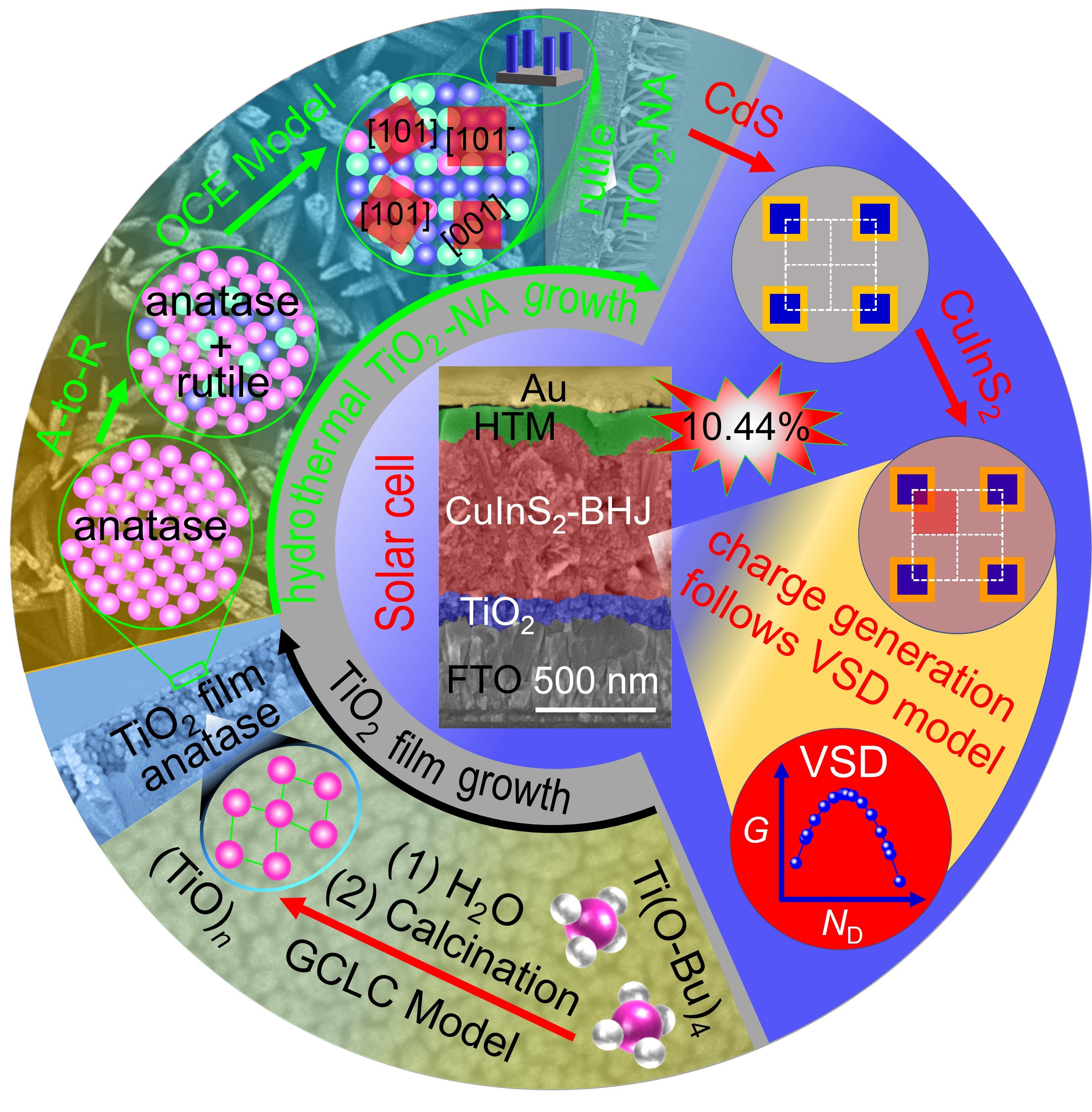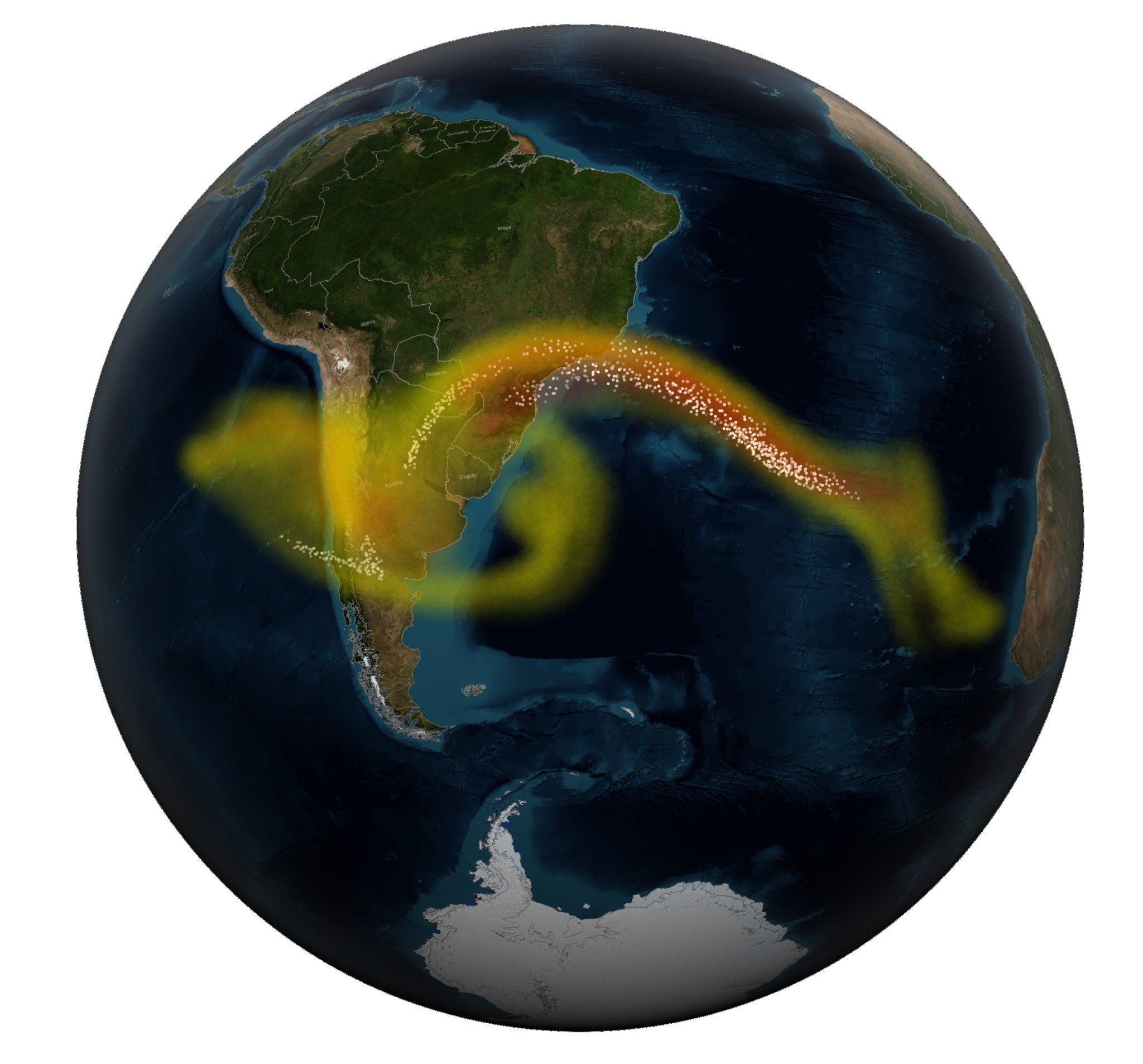2025-05-14 バーミンガム大学
<関連情報>
- https://www.birmingham.ac.uk/news/2025/ct-scanning-helps-reveal-path-from-rotten-fish-to-fossil
- https://onlinelibrary.wiley.com/doi/full/10.1111/pala.70007
X線が崩壊に与える影響の調査:堆積物を用いた崩壊実験のための非侵襲的可視化技術としてのX線コンピュータ断層撮影法 Investigating the impact of x-rays on decay: x-ray computed tomography as a non-invasive visualization technique for sediment-based decay experiments
Iacopo Cavicchini, Paul F. Wilson, Sam Giles, Jake Atterby, Andy S. Jones, Mark A. Williams, Thomas Clements
Palaeontology Published: 13 May 2025
DOI:https://doi.org/10.1111/pala.70007

Abstract
Decay experiments are ever increasing in complexity to better understand taphonomic processes. However, adding new variables, such as sediment, can create methodological biases, such as artificial anatomical character loss during exhumation. Non-invasive in situ imaging techniques such as x-ray computed tomography (XCT scanning) could mitigate this, but the consequences of exposing carcasses to x-rays are not fully understood, and evidence regarding the impact of x-rays on internal microbial faunas that drive decay is conflicting. Here, we test whether XCT scanning impacts the decay of Danio rerio carcasses within a substrate. Our control experiments show that quartz sand sediment physically stabilizes the carcass throughout decay and the sequence of anatomical character loss remains constant, however, sand initially accelerates the onset and rate of decay of soft tissues. Our XCT data show that exposure to x-rays does not cause a deviation from the normal sequence of decay, validating XCT as a non-destructive visualization method for decay experiments. Furthermore, when accompanied with traditional exhumation and dissection, XCT provides decay data with higher accuracy of character analysis than traditional methods, and allows novel quantitative techniques to monitor physical changes in the decaying carcass (e.g. total volume, build-up of gases, collapse of the body cavity etc.) We underline limitations with the technique, but our experiment acts as an important ‘stepping stone’ for progression toward non-invasive designs of decay experiments.



